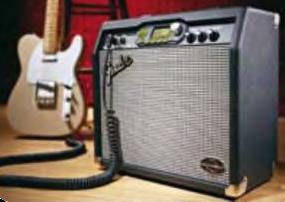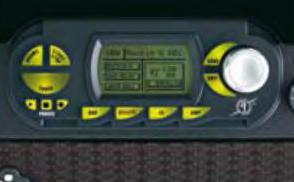Top Five Reasons to Integrate 3D Printing in Your Product Development Cycle - Part 3
Part 3. Field test with prototypes that resemble the final product providing insight into potential design flaws
More prototyping means more opportunity to evaluate whether or not a part will function as intended.
Shawn Greene from Fender Musical Instruments describes a recent project to develop a light-up front panel for an amplifier. Using 3D printing, Greene produced prototypes of the panel using a clear material, tested it with different types of lights and discovered that light didn’t deflect the way they thought it would. “We had to adjust the design to make it work,” says Greene. “In the past, we would not have done a prototype for that kind of part because it would have taken too long and cost too much money. So by the time we noticed that problem we would have already paid for tooling, and then we would have had to pay for amendments for the tool. The ability to rapid prototype in house saved us a fortune on that project.”


Learn more about 3D printing at cati.com
*Information provided by Objet, Ltd., Republished from Objet"s Top 5 Reasons to Integrate 3D Printing in Your Product Development Cycle White Paper.

 Blog
Blog